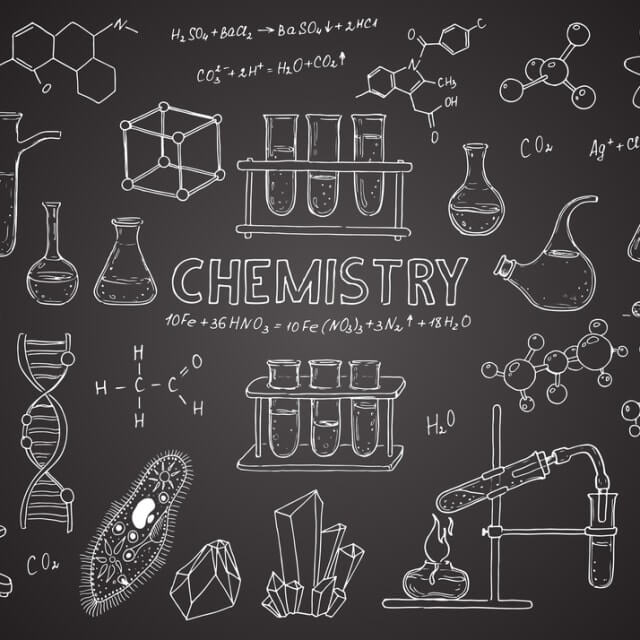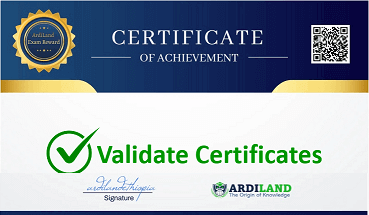What you will learn?
Assess students' knowledge and understanding of essential chemistry principles
Identify areas of strength and areas that need improvement for individual students
Gauge students' readiness for advanced chemistry courses
Provide a benchmark for evaluating students' competence in chemistry
Assist in career planning and professional growth in chemistry-related fields
About this course
The Chemistry Exit Exam Practice Exam is designed to help chemistry students prepare for their final exit exam. This practice exam provides a simulated testing environment where you can assess your knowledge and understanding of various chemistry concepts, principles, and problem-solving skills. The exam covers topics such as chemical reactions, atomic structure, stoichiometry, and chemical bonding. By taking this practice exam, you can evaluate your preparedness, identify areas that require further study, and build confidence for the actual exit exam.
Requirements
Eligibility: Undergraduate students enrolled in Ethiopian universities and colleges
Preparation: Knowledge of introductory chemistry concepts and completion of relevant coursework
FAQ
Comments (0)
An atom is the basic unit of matter that forms a chemical element. Every solid, liquid, gas, and plasma is composed of neutral or ionized atoms.
The history of atomic models is a long and winding one, dating back to the ancient Greeks.
The atomic mass of an element is the average mass of all the isotopes of that element. Isotopes are atoms of the same element that have different numbers of neutrons.
There are three main types of chemical bonds: ionic, covalent, and metallic.
A Lewis dot structure is a diagram that shows the valence electrons of an atom or molecule.
Molecular geometry is the three-dimensional arrangement of the atoms that constitute a molecule.
Balancing chemical equations is a process of ensuring that the same number of atoms of each element are present on both sides of a chemical equation.
Stoichiometry is the study of the quantitative relationships between the reactants and products in a chemical reaction.
In a chemical reaction, the limiting reactant is the reactant that is used up first and determines the amount of product that can be formed.
Here is some content about the laws of thermodynamics that you can use for your online course:
Here is some content about enthalpy and entropy that you can use for your online course:
Here is some content about spontaneity and Gibbs free energy that you can use for your online course:
Here is some content about reaction rates that you can use for your online course:
Here is some content about rate laws that you can use for your online course:
Here is some content about collisions and reaction mechanisms that you can use for your online course:
Here is some content about chemical equilibrium that you can use for your online course:
Here is some content about Le Chatelier's Principle that you can use for your online course:
Here is some content about equilibrium constants that you can use for your online course:
Here is some content about acid-base reactions that you can use for your online course:
Here is some content about redox reactions that you can use for your online course:
Here is some content about organic chemistry basics that you can use for your online course:



.png)





